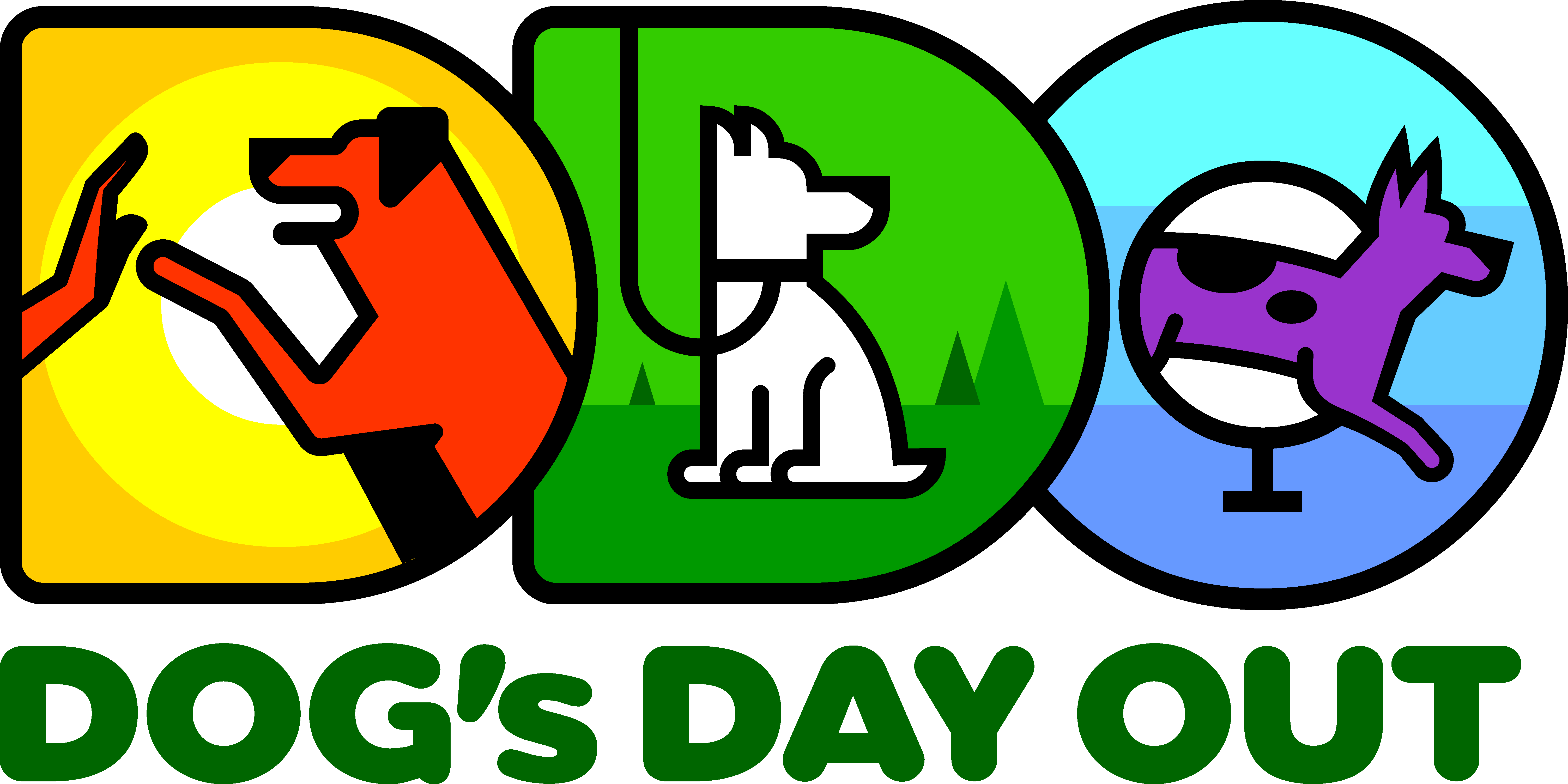 Barking is a normal, natural behavior for dogs but it is also the behavior that seems to cause the most conflict between dogs and humans and clients very often come to me and ask how to get their dog to stop barking. Keep in mind, some dogs are going to be more genetically prone to barking so, if you expect to have your herding dog stay silent while living in an apartment complex, you (and your dog) are going to have a hard time! Dogs bark for a variety of different reasons, the majority of cases I see fall into the following four categories. The solution to the barking depends on the cause, so in order to stop the barking it is important to figure out just when, where and why your dog is barking.
Barking is a normal, natural behavior for dogs but it is also the behavior that seems to cause the most conflict between dogs and humans and clients very often come to me and ask how to get their dog to stop barking. Keep in mind, some dogs are going to be more genetically prone to barking so, if you expect to have your herding dog stay silent while living in an apartment complex, you (and your dog) are going to have a hard time! Dogs bark for a variety of different reasons, the majority of cases I see fall into the following four categories. The solution to the barking depends on the cause, so in order to stop the barking it is important to figure out just when, where and why your dog is barking.
- Alert Barking – this is the barking your dog does when he hears or sees someone outside of your door or yard, or when the door bell rings, or when a bird flies by, or a squirrel crosses your window, or… you get the idea, right? This is your dog’s “Hey, Someone Is Out There!!”
Solution: First, think of this from your dog’s perspective… someone walks by your front window, dog barks, person goes away = dog has successfully chased off intruder! Your dog is being reinforced for the behavior every time someone walks by. So, the first (and sometimes easiest) step is to manage your dog’s environment. Reduce his stimulation by reducing access to the stimuli. Depending on the set-up of your home, you can do this in a variety of ways: keep him away from the problematic front window using baby gates, crate or doors, remove the couch/chair he sits on to look out of said window, put opaque coverings on the windows….
Second, I do not mind if my dog lets me know someone is out there but then I would like him to shush-it! I let him bark once and then right after that bark I say “thank you” and then lure him to me (see me waving delicious meat product), treat him for coming to me (and not barking) and then give him something else to do immediately. I love using toys in this scenario. I like to have 2-3 food stuffed toys all stuffed, ready and waiting in my freezer so I can toss him one right after that 1st bark. I specifically say “thank you!” because it is hard to say thank you with a negative tone. I want to sound happy, mainly so my dog will want to come to me. I also don’t want to sound tense or nervous about the sound he is alerting to. Once he is getting used to the toy, I start tossing it in a basket we keep somewhere in the vicinity of where he is barking (usually near-ish to the door). That way, we can start to fade him coming to me for the treat and go directly to the toy when hears someone/thing at door. It then turns in to: barks once-runs and grabs toy from box. Once you have your dog hooked on the toy he will likely just grab the toy without the food stuffing. Of course, make sure to stuff it sometimes so it continues to be desirable. This grab-a-toy technique can work well for dogs that like to jump on visitors too. You will need to practice “set ups” of this scenario; don’t just wait until it happens naturally.
Barking at neighbors on the other side of your fence can also be an issue. For this one, I think the easiest solution can be to have your neighbor toss high value treats over the fence at your dog whenever they go out into their yard. This also gives you an opportunity to make friends with your neighbor. If your dog is the barker, you may want to bring a jar full of treats for them to toss at your dog (and keep them stocked!). With this approach, you and your neighbor would be implementing a counterconditioning protocol to change your dog’s base emotional (or conditioned) response to the neighbor’s appearance at the fence. The neighbor does not need to say anything to your dog when they come out, just toss treats. You dog will start to LOVE the presence of your neighbor because they are now associated with treats!
- Attention/Engagement seeking – this is that annoying barking AT YOU to get your attention to play, give him food, scratch his rump….
Solution: The first step is to IGNORE the barking. This can be difficult I know, but remain strong. If you talk to your dog and tell him to “be quiet” or “stop barking” you are giving him attention and thereby reinforcing the barking behavior. If your dog does not get anything (has nothing reinforcing him) from a behavior he will stop that behavior, really. If you give him attention for the behavior some of the time he will keep trying when you are not giving him attention and on it goes. In some instances, like in the alert barking scenario above, you can give him a replacement behavior. For instance, if your dog is barking because he wants to play ball, and you also are up for a ball game, have him get his ball, bring it over, perform a few simple behaviors, maybe, sit or touch and then go have a game! Instead of him having to bark at you, teach him a more polite way (sit and wait with ball in mouth) to ask you to play with him. But be fair – make sure if your dog is barking at you that his needs have been met (he’s not hungry, needs to pee etc.). As always, think about how to teach your dog what TO do in a given situation instead of focusing on what not what NOT to do.
NOTE: Ignoring your dog may work easily and quickly for some dogs but what if it doesn’t – what if he just ramps up more? That can happen! So, we also want to be cognizant of totally frustrating the dog and how the dog is dealing with our behavior. I’m really not a fan of “waiting the dog out” (I think it is frustrating for the dog and the human) so, if you are finding the above (ignore and then reinforce a desired behavior) is not working quickly and easily then you need to get ahead of the behavior. In others words, set the scene for your dog to perform the behavior you want before he does the behavior you don’t want. Take note of when the barking behavior is most likely to occur – when you get home, after a walk, before dinner, when guests arrive… and be ready for it by setting your dog up to do something else!
- Fearful or Frustrated Barking – this is the barking your dog does when he is afraid or frustrated/aroused (we often call these dogs “frustrated greeters”). We see this barking most commonly with dogs on leash. Many of the leash-reactive dogs I see in my Reactive ReDo class are exhibiting a fear based reactivity. I know it looks like they are mean and nasty but they are usually terrified. We also see this when a dog is afraid of a stranger. The dog may charge up to the person and then start barking and backing up simultaneously.
Solution: Whether your dog is barking on leash because he is fearful or frustrated, we use the same approach initially. The first step for this type of barking is to set up a program of counter conditioning and desensitization and then move to teaching the dog to do something else (a different behavior) when they see/pass the trigger. I will not go into detail here on how exactly to do that but check out Training Techniques for Reactive Dogs as well as my blogs about The Biting Dog and Leash Greetings. What you do NOT want to do in this scenario is reprimand or “correct” your dog by yelling or saying “no” or anything of the like. If your dog is afraid, that will only make him even more anxious/afraid/nervous.
- Initiation to play – this is the (totally normal) barking you may hear when dogs get together. The initiator (the barker) may be a puppy or a young dog trying to get the other dog to play with him.
Solution: I usually leave this one up to the dogs, at least at first. If the barker continues to bark the other dog has two options: go away if he is not interested (he may snark at the barker, then go away) or jump in the game. I will intervene if the barker is particularly persistent and it is obvious the other dog is not interested. In that case I just redirect the barker to another activity. Here again, I do not want to reprimand this normal behavior, I just want to give him something else to do.
OK, now go on out there and enjoy the silence.

